 |
| East Asia Summit within the framework of the 47th ASEAN Summit in Malaysia in October 2025. (Source: VNA) |
ASEAN continues to play an important role in the Indo- Pacific region by contributing to creating the best foundation for establishing an open, rules-based regional order in the context of increasing great power competition.
The ASEAN Outlook on the Indo- Pacific (AOIP) is not just a diplomatic statement, its success depends on concrete economic decisions, along with progress in supply chains and infrastructure connectivity — factors that will determine whether ASEAN maintains its centrality or falls into fragmentation.
The Indo-Pacific region is both a political space and an economic network, so ASEAN needs to strengthen its capacity to translate principles into concrete projects to connect these two pillars.
Core strategic values
ASEAN’s strategic value stems from its geo-economic location astride key shipping lanes and global production networks. ASEAN economies will continue to play a central role by connecting Northeast Asia’s high-tech manufacturing sector with South Asian markets and Pacific energy resources.
ASEAN’s economic centrality will be reinforced not by rhetoric but by real investment and supply chain adjustments. The ASEAN Investment 2025 report shows that foreign direct investment (FDI) flows are shifting due to supply chain diversification, regional production relocation, and the integration of advanced manufacturing, digital services, and logistics into ASEAN production networks.
The region is not only a destination for investment capital but also a place to transform production systems to develop electric vehicles, semiconductors and green factories, thereby reducing dependence on certain locations.
Trade and investment data show that ASEAN member states remain open economies, but need a more stable legal framework. The openness of ASEAN economies continues to expand, driven by trade in services via digital platforms, logistics, business process outsourcing (BPO), and FDI inflows into manufacturing linked to regional value chains.
However, ASEAN’s centrality is facing significant challenges. US-China competition is creating pressure to choose sides in areas such as technology standards and strategic minerals. Strengthening ASEAN’s centrality requires efforts to address substantive issues, including simplifying rules of origin, developing a data transfer framework, and enhancing maritime domain awareness.
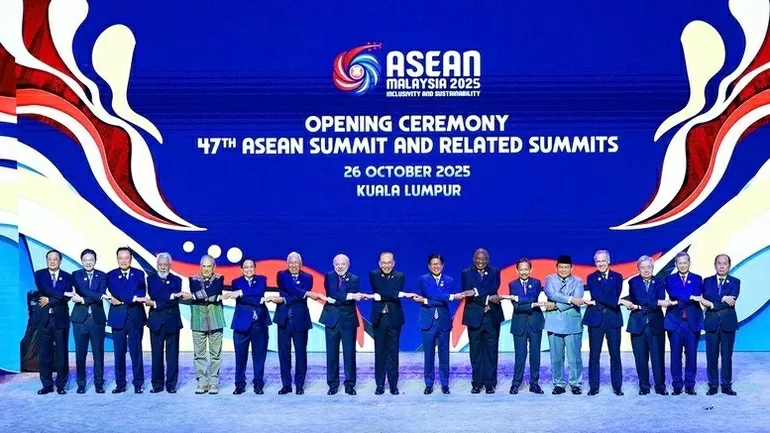 |
| Leaders attending the 47th ASEAN Summit and related summits in Malaysia in October 2025. (Source: VNA) |
From policy to concrete action
To address these issues, ASEAN needs to implement specific, measurable measures. These include:
Supply chain: Build backup systems with new ports, upgrade railways, expand cold storage, modernize unified customs to shorten clearance times.
Digital transformation: Apply compatible data security standards, strengthen cybersecurity and train digital human resources, helping small and medium enterprises (SMEs) participate in e-commerce instead of being left out.
Energy Transition: Develop specific guidance and financial frameworks for grid development, energy storage systems, encourage private investment in renewable energy and reduce industrial emissions according to the partnership's taxonomy.
These measures help deliver on the AOIP commitment with quantifiable results, such as speed of deployment, power transmission capacity, and information security. The ASEAN Investment Report recommends focusing on industrial corridors, as regulatory harmonization will bring maximum benefits to supply chain development, with three priority areas: electric vehicle manufacturing between Indonesia-Thailand-Vietnam; semiconductor assembly and testing between Malaysia-Philippines; and the expansion of cloud data infrastructure from Singapore to secondary cities.
The ASEAN Data Platform helps businesses access clearer trade and FDI information, thereby building evidence-based policies, identifying trade barriers and improving investment incentive programs, avoiding unfair competition.
From dialogue to actual operating mechanism
ASEAN’s diplomatic clout in engaging parties needs to be translated into concrete operational frameworks. The East Asia Summit (EAS), ASEAN Regional Forum (ARF) and ASEAN Defense Ministers Meeting Plus (ADMM+) should develop procedures for preventing incidents at sea, establish standards of operations for coast guards, and implement programs to enhance maritime situational awareness.
Linking the project portfolio to AOIP priorities, such as green corridors, digital infrastructure and port modernization, not only promotes security dialogue but also brings tangible benefits, helping to limit the tendency for countries to establish “mini-lateral” agreements outside the ASEAN framework.
To maintain its centrality, ASEAN must respond flexibly. ASEAN needs to expand its multi-layered partnerships while retaining the initiative in building regional architecture. Industrial policy should be developed based on existing value chains, rather than trying to control the entire market.
A rules-based regional order will continue to thrive when it is clearly perceived by all participants.
The security, peace and stability of the Indo-Pacific region depend on ASEAN's central role, as the organization develops standards and infrastructure processes to reduce trade risks, protect data and prevent incidents at sea.
ASEAN can address regional challenges through its ability to connect and bring together stakeholders, develop implementation capacity, turn dialogue into measurable results and cooperation into concrete projects, thereby engaging stakeholders in an effective regional architecture.
Source: https://baoquocte.vn/vai-tro-trung-tam-cua-asean-tai-khu-vuc-an-do-duong-thai-binh-duong-tu-tam-nhin-den-hanh-dong-333500.html



![[Photo] General Secretary To Lam receives Vice President of Luxshare-ICT Group (China)](https://vphoto.vietnam.vn/thumb/1200x675/vietnam/resource/IMAGE/2025/11/15/1763211137119_a1-bnd-7809-8939-jpg.webp)
![[Photo] Prime Minister Pham Minh Chinh meets with representatives of outstanding teachers](https://vphoto.vietnam.vn/thumb/1200x675/vietnam/resource/IMAGE/2025/11/15/1763215934276_dsc-0578-jpg.webp)

![[Photo] Panorama of the 2025 Community Action Awards Final Round](https://vphoto.vietnam.vn/thumb/1200x675/vietnam/resource/IMAGE/2025/11/15/1763206932975_chi-7868-jpg.webp)

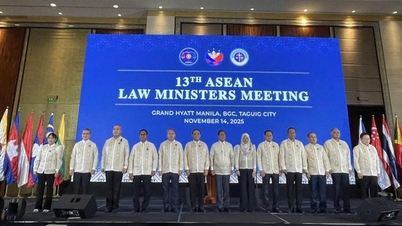

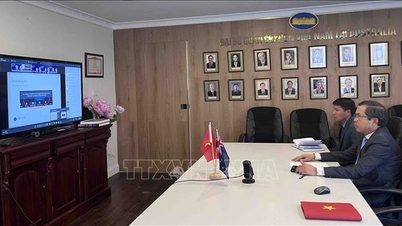




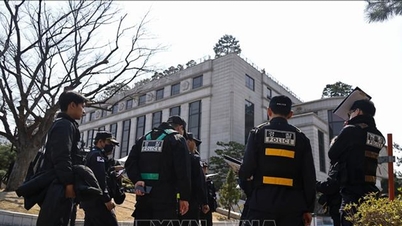

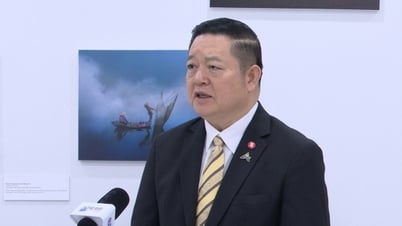



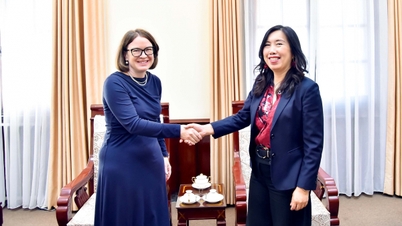

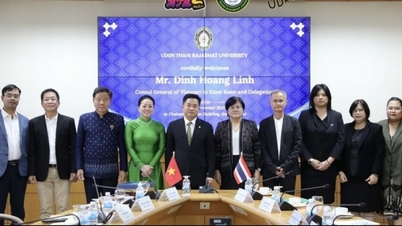






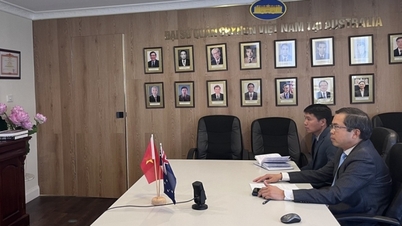
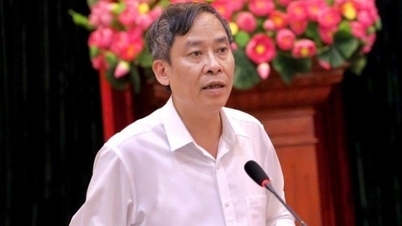
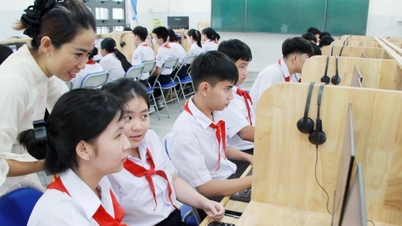



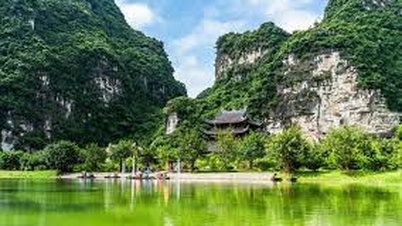


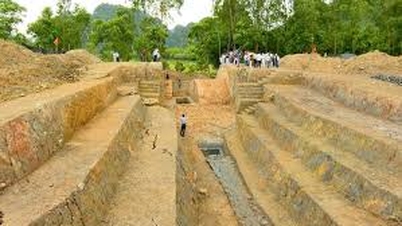





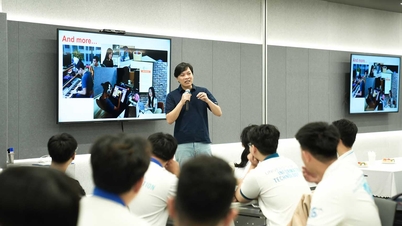


































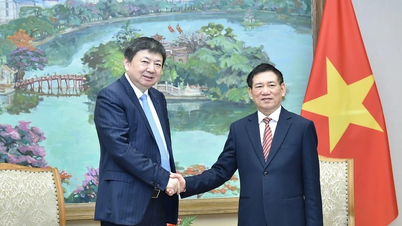


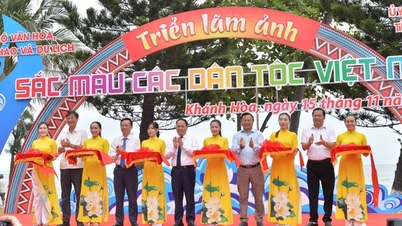


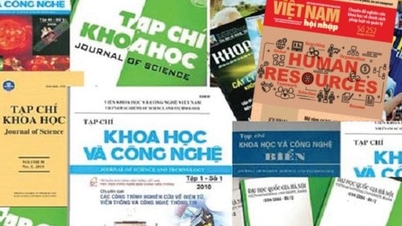



















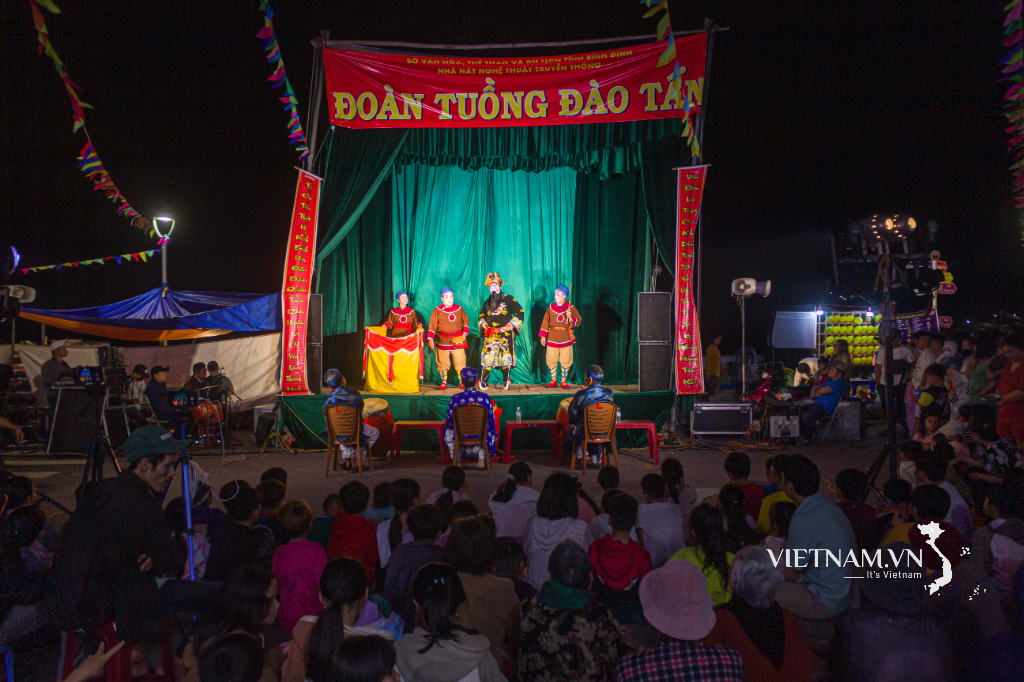


Comment (0)